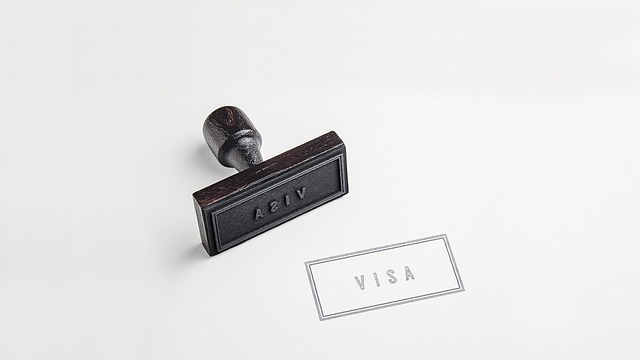What is Family Sponsorship?
Family sponsorship allows U.S. citizens and lawful permanent residents (Green Card holders) to bring their family members to the United States. This process emphasizes the importance of family unity in immigration policy.
Who Can Be Sponsored?
The categories of relatives that can be sponsored include:
- Immediate Relatives: These are spouses, unmarried children under 21, and parents of U.S. citizens, with no annual limits on the number of visas issued.
- Family Preference Categories: This includes adult children and siblings of U.S. citizens, as well as spouses and children of Green Card holders. These categories have annual caps, leading to potentially long wait times.
Steps in the Family Sponsorship Process
- Filing a Petition: The U.S. citizen or Green Card holder must file Form I-130 (Petition for Alien Relative) with USCIS.
- National Visa Center Processing: Once approved, the case is forwarded to the National Visa Center (NVC) for further processing, including payment of fees.
- Visa Application: The sponsored relative applies for an immigrant visa and undergoes an interview at the U.S. Embassy or Consulate.
- Entry into the U.S.: If approved, the relative can enter the U.S. as a permanent resident.
Challenges in Family Sponsorship
While family sponsorship is essential for many immigrants, there can be challenges such as lengthy wait times, complex documentation, and changes in immigration laws. Consulting with an immigration attorney can help navigate these issues effectively.
Conclusion
Family sponsorship plays a critical role in U.S. immigration, allowing loved ones to unite. Understanding the process can lead to a smoother transition for families looking to build their lives together in the United States. For more detailed information about family-based immigration, you can visit USCIS.




